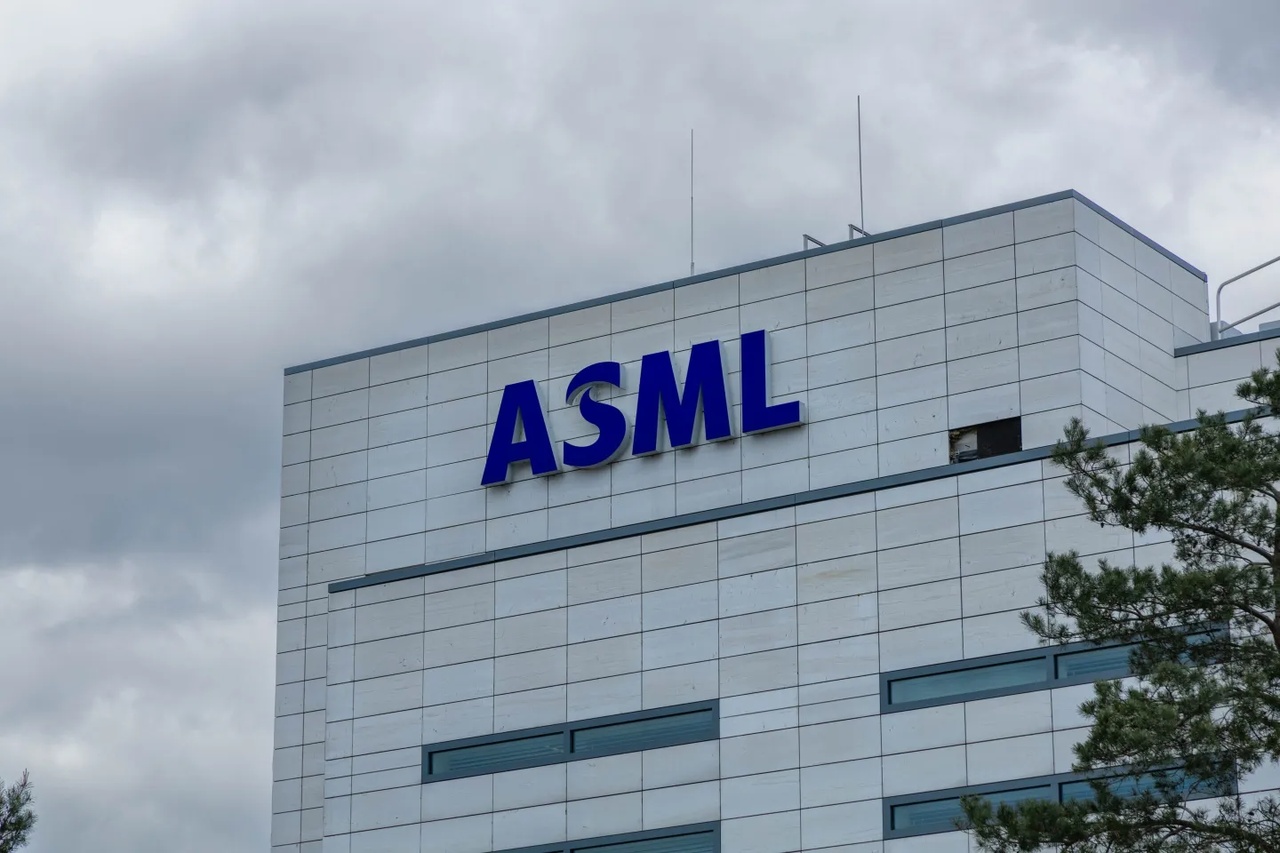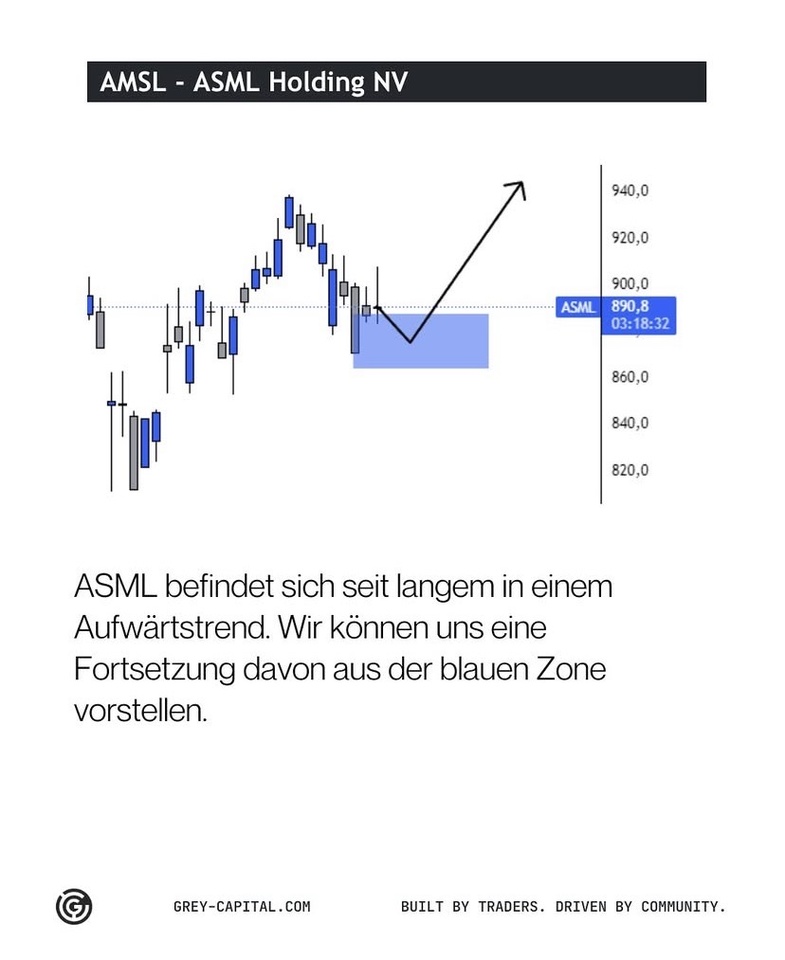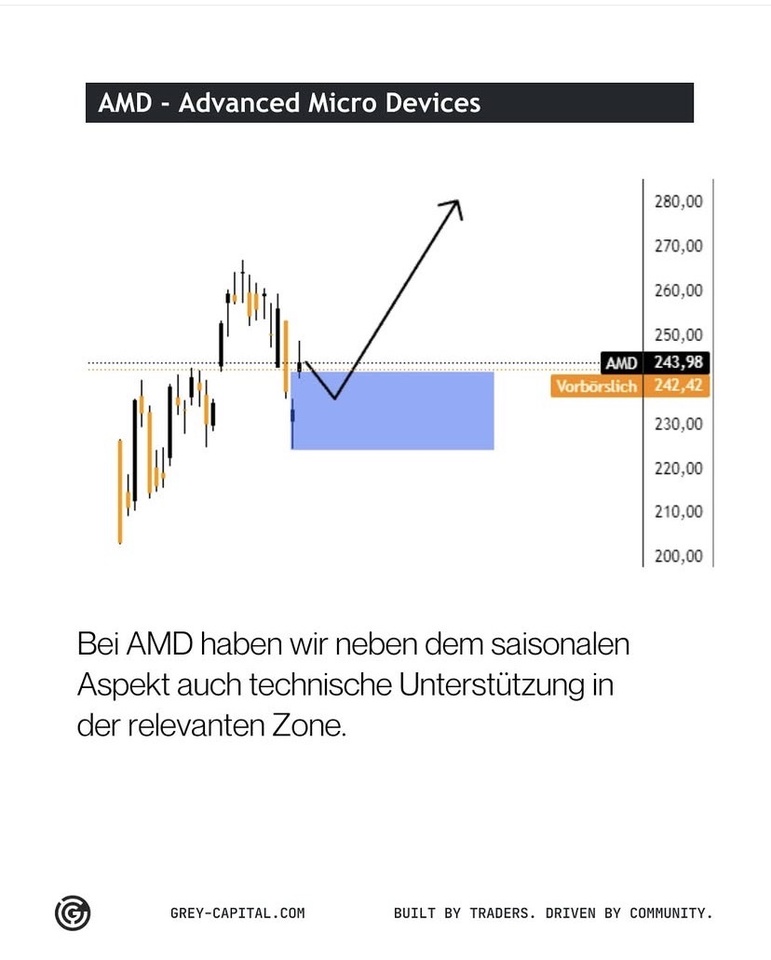Reading time: approx. 5-6 minutes
Many of my recent articles have focused on key figures that help to clearly classify business models, risks and valuations. Beta is part of this series - and at the same time the key figure plays a special role. It is available everywhere and can be looked up quickly, but only becomes truly meaningful in the context of an entire portfolio. This is because beta does not describe the company itself, but the behavior of a share in interaction with the market.
Mathematically, beta measures the relationship between share returns and market returns. The basis is the covariance of these returns - and this is always based on historical data. However, the interpretation is inevitably forward-looking because past patterns are used to derive how a stock will typically behave in relation to the market in the future.
Formally, the key figure is
Beta = covariance(stock return, market return) / variance(market return)
In practical terms, this means that when the market moves, how much does the share typically move with it? Values around 1 mean market-like movements, higher values show stronger fluctuations, lower values a calmer behavior.
The reason why beta is often misinterpreted is that it is not stable. It depends heavily on the time period, the market phase and the chosen index. A company can continue to perform solidly, but suddenly have a different beta due to changes in interest rates or the risk environment. Beta therefore measures behavior - not quality.
To make it clearer how beta works in a portfolio, it is worth taking a look at my portfolio. It combines robust quality stocks such as Visa, Alphabet and Honeywell, growth-oriented technology stocks such as ASML, Nu Holdings and Innodata, defensive infrastructure and water stocks such as Consolidated Water, Energiekontor and Energy Recovery, the global ETF on the MSCI ACWI and a uranium block as a cyclical idea with Cameco, NexGen, Denison Mines, Paladin Energy and Yellow Cake. Bitcoin complements the whole as an independent, significantly more volatile component.
This mix shows well why beta is useful for me on a day-to-day basis. Different stocks can be fundamentally strong and yet contribute very differently to the fluctuation profile of the portfolio. Some positions smooth out, others strengthen - regardless of whether the companies are well managed or highly profitable. It's about market behavior, not balance sheet quality.
For the beta analysis, I use conservative, market-standard 3-5 year values of major providers. Most betas are calculated on the basis of daily or monthly returns over precisely such periods - long enough to be statistically stable and short enough to realistically reflect current market phases. Where there is no official data, suitable sector values are used.
The betas used are as follows:
Large Caps
- $ASML (+2,71 %) : 1,25
- $GOOGL (-0,47 %) : 1,05
- $V (-0,85 %) : 0,95
- $HON (-0,13 %) : 1,00
Midcaps / Infrastructure
- $CWCO (+0 %) : 0,80
- $EKT (-2,53 %) : 0,75
- $ERII (+0,4 %) : 1,20
- $SOP (-0,22 %) : 1,10
Small Cap / High Beta
- $INOD (-0,11 %) : 1,80
Uranium segment (cyclical)
- $CCO (+0,39 %) : 1,40
- $NXE (+0,82 %) : 1,60
- $DML (+0,38 %) : 1,70
- $PDN (-1,41 %) : 1,50
- $YCA (-1,74 %) 1,30
ETF
- $ISAC (-0,05 %) : 1,00
Crypto
- $BTC (+1,46 %) : 2,50
The only thing that counts for the portfolio beta is how large each position is in relation to the portfolio.
This is how the portfolio beta is determined:
You look at how large each position is in the portfolio, multiply this proportion by the beta of the respective share and add up all the contributions. Each position therefore contributes to the overall beta in exactly the same proportion as its weighting.
If you put the weightings of my portfolio in this context, the result is as follows: the portfolio has a beta of around 1.33. This value fits the structure: a stable base, several growth-oriented building blocks and a deliberately used uranium block as well as Bitcoin as a stronger lever.
A beta at this level means a fundamentally more offensive portfolio.
- In upward phases, it develops more momentum than the market.
- It reacts faster and more strongly in corrections.
- The strongest drivers are Bitcoin, Innodata, NexGen, Denison Mines and Paladin Energy.
- Counterweights are Visa, Consolidated Water, Energiekontor and the MSCI ACWI ETF.
This shows that beta is no substitute for fundamental analysis, but it makes it clear how a portfolio is moving and why. It helps to calibrate expectations, classify fluctuations and manage the structure more consciously. A beta of 1.33 is not a judgment of quality - it is a description of movement. The only important thing is whether this dynamic fits your own investment strategy.
Finally, two questions for you:
Do you know the beta of your portfolio?
And does it play a role for you in your portfolio strategy - or not?




















